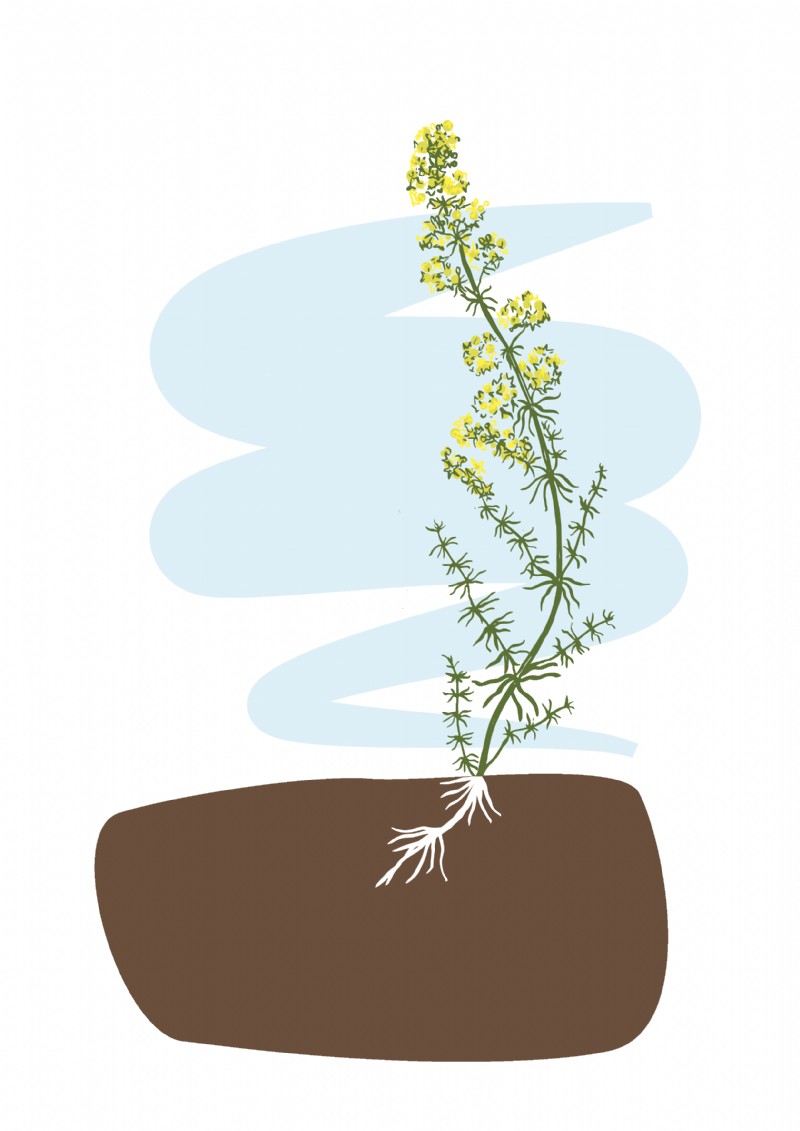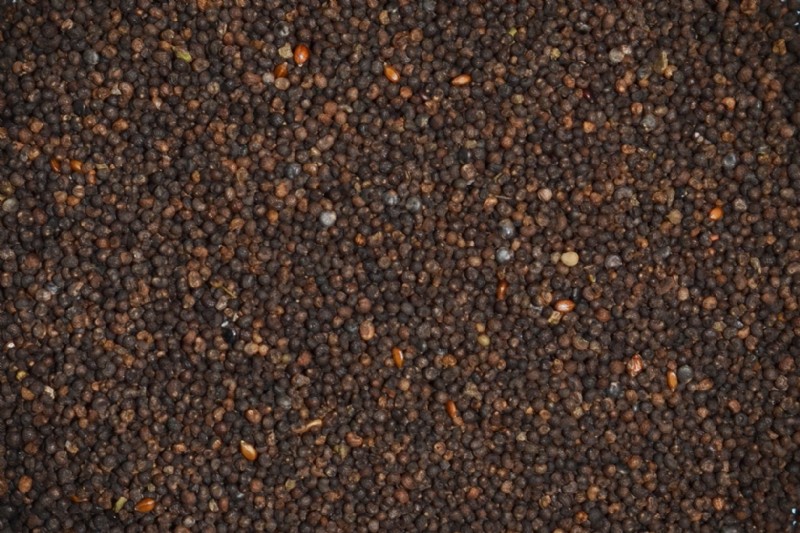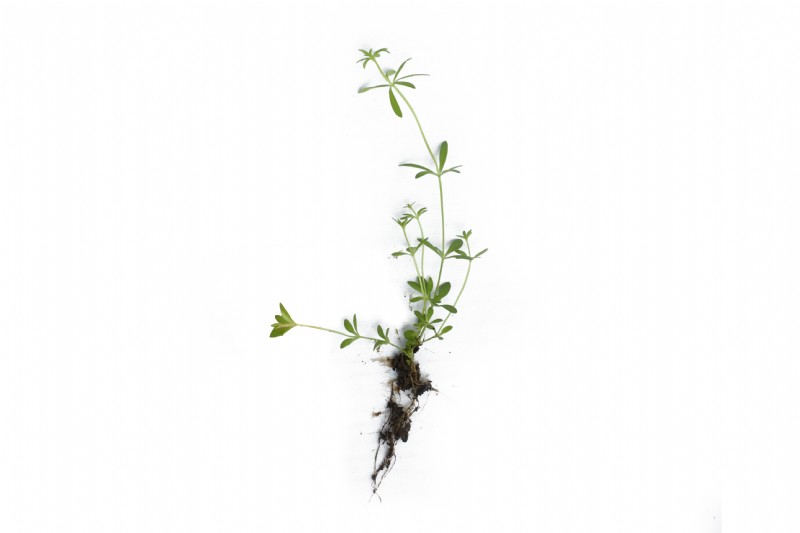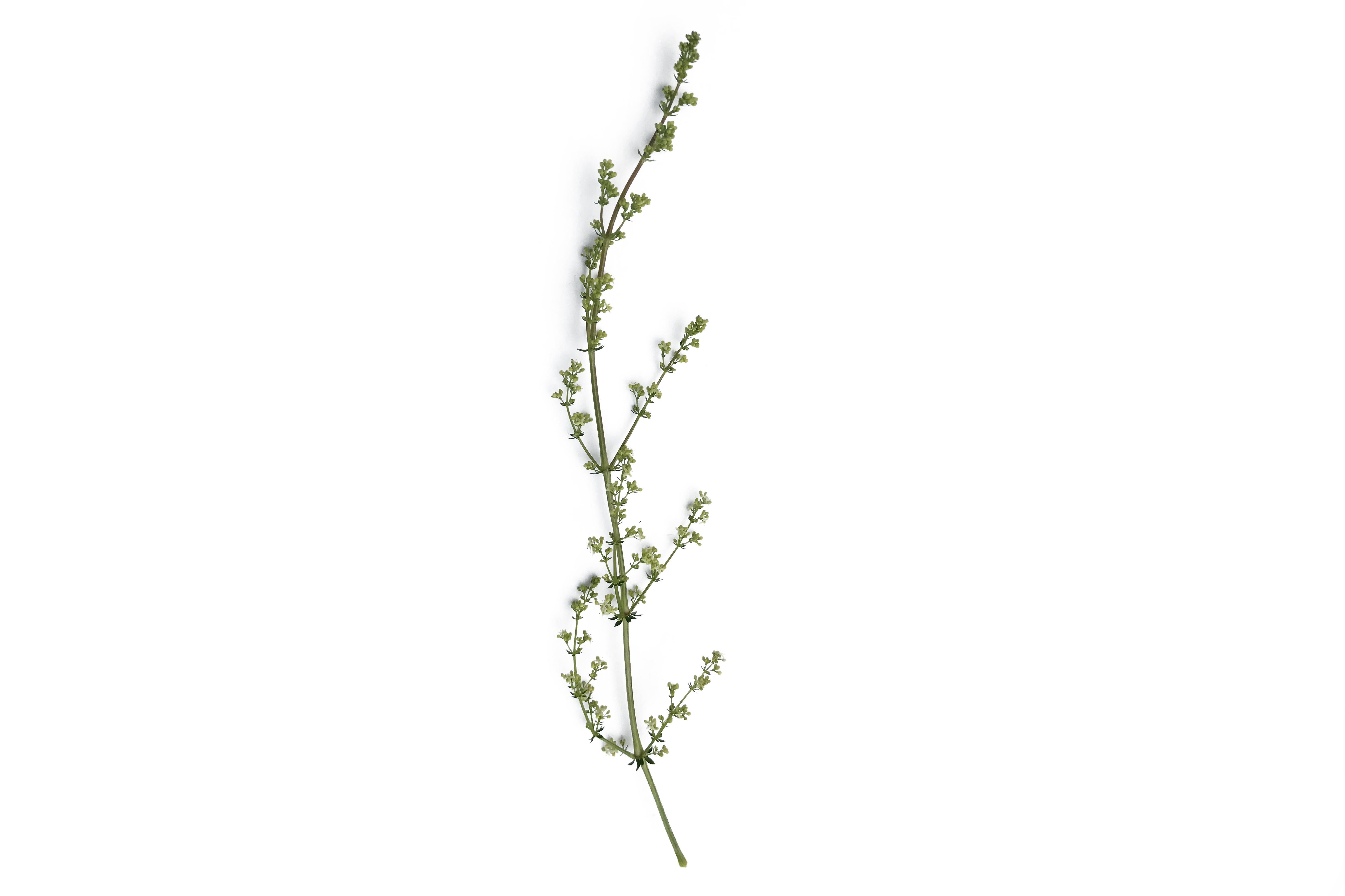Ladys Bedstraw
This is a weakly stemmed, sprawling species, when cut is has a notable sweet smell.
Uses
Lady’s Bedstraw provides nectar for pollinating insects such as bumblebees and butterflies and food for caterpillars of several moths, including the hummingbird hawk-moth.
Persistence
A perennial species.
Strengths
Tolerant of lighter, sandy soils and some shady conditions.
Frost Tolerance
Lady’s Bedstraw is generally able to get through the winter without any frost or snow damage.
Ideal Sowing Time
This species can be sown at any time of year but best in early autumn or spring.
Management
There is no need to water or fertilise this species once established.
Distinguishing characteristics
Seed
The seed is very small and spherical in shape. It is black with a smooth texture. The seed is 1-2mm in size.
Seedling
The seedling produces a pair of slightly oblong cotyledons, on medium length petioles. The first true leaves are thinner and longer, arranged in whorls around the stem.
Flowering Plant
This is a dark, dull green coloured species, the leaves are arranged in whorls around a square stem.
It has characteristic four petalled yellow flowers. The roots can creep over the soil surface with stolons, potentially creating a mat if not managed in open swards.
Additional Info
Flowers June-September. Its long stems can reach 80 cm in length, however its weak structure means it does not normally get to this height. Alternative names for Lady’s Bedstraw include creeping Jenny, ladies’ tresses and yellow bedstraw. Lady’s Bedstraw was once used as a substitute in cheese making. The yellow flower gave the cheese a rich colour and its honey scent when fresh led to its use by shepherds in Tuscany to give sheep’s and goat’s cheese a sweeter taste.
You can find Ladys Bedstraw in the following mixtures
- Cotswold Wild Flora
- Meadow Over-Seeding Just Wild Flowers
- Chalk & Limestone Soil Mixture
- Acid & Clay Soil Mixture
- Damp Meadow
History
In the past, people often used to sleep on a mattress of dried bedstraw and other plants, covered with a sheet. Such a mattress smelt pleasant and could easily be burnt and renewed when it became soiled. Bedstraw flowers were also used for curdling milk to make cheese, and a red dye was extracted from the stems.






